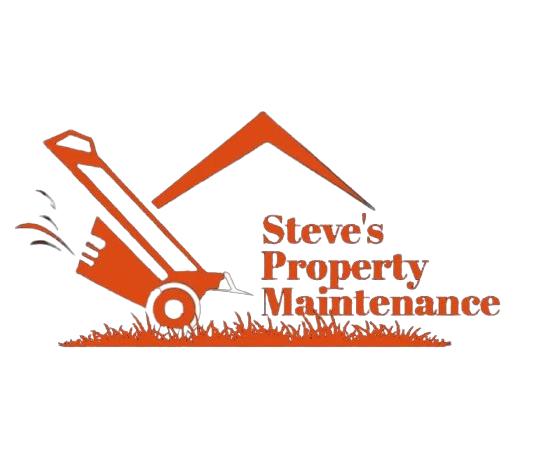Transforming your lawn feels hard when you see just bare soil and face weather that does not help your grass grow. Watching new grass grow in one week is real fun and proof that hard work pays off. This article shows the main steps and smart hints for giving your lawn a fresh look, with a focus on cutting new grass and helping it grow strong.
The Initial Stages of Growth
When you start growing grass, choose a type like Bermuda or perennial rye grass and work on the ground first. In the first week after you sow the seeds, many people see weeds grow in the bare spots. It is best to check your grass each day to help it grow evenly.
At first, you see that spots with a fabric cover do better than spots with bare soil. These covers keep the wetness close to the seeds and help them wake up. The difference is clear; areas with a cover tend to grow into a thick green carpet, while uncovered spots fall behind.
The First Cut
When your grass grows to a few inches high, you will want to cut it. The first cut helps build a strong lawn. Time your cut when the grass is not too tall so that it can spread and push its roots down in the soil.
For your first mowing, choose a light machine that does not harm the young blades. A manual reel mower can work well, but if the grass is too thick, a motor mower that draws the blades up makes a cleaner cut. Let the soil get a bit dry before mowing to keep a neat finish.
Overcoming Challenges
Many new grass growers worry about a lightening effect from some fertilizers that have ingredients like tenacity or mesotrione. When you put these on young grass, the tips can turn a pale white or mild purple. This change does not last long, and with care and a few cuts, your grass will soon turn back to deep green.
Keep an eye on the weather too, as high heat can change matters fast. Plan your watering when you know warm days are coming to keep the soil moist without too much water.
Patience is Key
Some grass, like Kentucky bluegrass, asks for patience. Unlike rye grass, bluegrass takes time to set its roots well. Growth starts slow, but watching it grow will help you choose when to water more or sow more seeds.
If you see spots that seem weak, scatter more seeds or add a thin layer of soil. Timing when to add food to your lawn is also a key step, as the plant will grow best when the air is not too hot.
Conclusion
Changing your lawn and cutting new grass in one week is an exciting trip that depends on clear planning, proper timing, and a good grasp of your grass type. Starting with the right seed, the best cutting method, and handling tough spots helps your lawn look good and gives you a sense of success.
As you watch your yard change from bare dirt to a green area in one week, you will see that the work has paid off. Gather your tools, check the weather, and start the fun path to give your lawn the look you want.
[h3]Transform Your Lawn with Steve’s Property Maintenance![/h3]
At Steve’s Property Maintenance, we specialize in expert lawn care, landscaping, and property maintenance services right here in New London County, Connecticut. Whether you need regular lawn maintenance, a complete yard transformation, or eco-friendly landscaping solutions, we’ve got you covered!
📞 Call us today at +1 860-847-3441
🌐 Visit us at https://steves-property-maintenance.com
📅 Schedule a Free Consultation Now!
Don’t wait—take the first step toward a greener, healthier lawn today!

